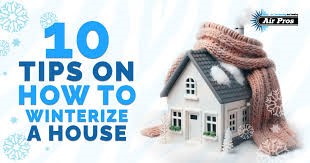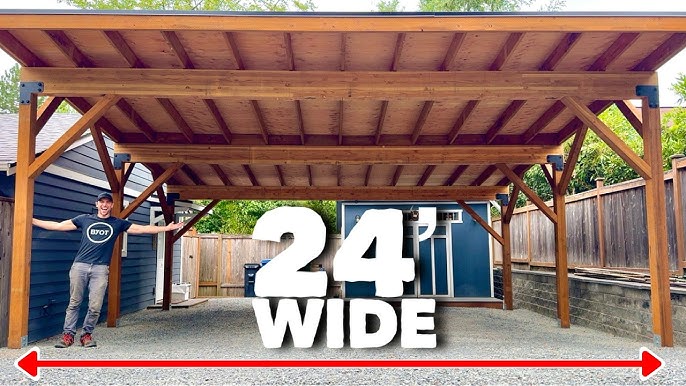With winter just around the corner, you need to make sure you’re ready for those chilly temperatures. Before winter actually gets here, take a little time and make sure your home is properly with her wise. If you do this, you’ll not only control your heating and energy costs, but you may also prevent cold-weather problems like frozen pipes or other disastrous situations. Even better, these things are going to make your home very comfortable even if it’s showing subzero temperatures outside.
1. Check and see how much insulation is in your attic and ceiling. If you don’t have adequate insulation in your house, cold air may leak in through your roof and drive up your energy bills. The US Department of Energy gives you guidelines for what’s called the “R-value,” based upon where you live in the country and what the expected low temperatures during the winter season there are going to be. If you type “R-value insulation” into just about any search engine, you should be able to find a chart that’s going to tell you what the insulation level should be. Make sure you have enough insulation now so that you won’t be sorry during the cold winter months.
2. Caulking is important, especially around gaps, cracks, or other spaces that are going to allow heat to get out and cold to get in. Areas to look at include around windows and doors, around the foundation, or in a porch area, for example. Seal things tight with caulking so that the heat stays indoors and doesn’t get out. In addition, you can seal your windows with plastic so that air won’t leak out and cold drafts won’t get in, during winter.
3. Add weather stripping around doors and windows to seal gaps where you cannot caulk.
4. Drain and turn off any outside water faucets to make sure they won’t cause pipes to freeze, crack or burst.
5. If you live in a mobile home or if you have a crawl space beneath your house, make sure you check all pipes under your home to make sure they’re well insulated and won’t freeze during very cold temperatures.
6. Ceiling fans can drive warm air down from the ceiling so that it’s actually used in the room. If you don’t have ceiling fans, install them and then run them on low all winter long.
7. Make sure your furnace is working properly so that you won’t have problems with carbon monoxide leaking into your home, by placing a service call. You should also plan to change the filter — which, in fact, should be changed every three months, or more if it’s dirty when you check it or if you have pets.
8. If you have window air-conditioning units in your home, take them out and store them properly. The windows themselves should be closed up and sealed to make sure that warm air won’t leak out and cold air won’t get in. If you have central air conditioning, cover the unit so that moisture stays out during off-season.
9. If you have “old-fashioned” windows, take off screens and replace them with storm windows for the winter.
10. Trim back plants after the first frost and prune any trees, as necessary. Dig bulbs if applicable. Cover delicate plants and shrubs with an old blanket or sheet and then a plastic container such as an upside down garbage can.
It takes a little time, but properly preparing your home for the winter months will pay off nicely in energy savings and a higher comfort level.
Discover more from Personal Blog of Richard Tong
Subscribe to get the latest posts sent to your email.




